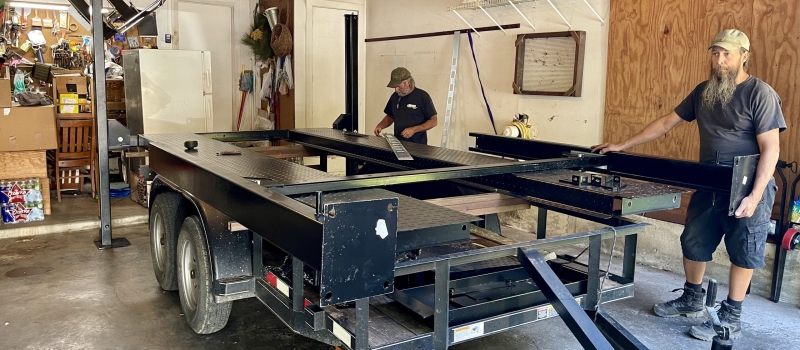The post Catalan Lifestyle: Part One appeared first on Stephen B. Chambers Architects, Inc..
The Catalans are a part of the total Spanish identity, yet the area seems like a separate country in its culture, language, food, and climate. Several years ago we stayed in the Costa Brava coastal region of Catalonia in northeastern Spain. After a day and a half in the city of Barcelona, we met up with our group of twelve from Texas and shuttled to the medieval village of Ullastret, a two-hour drive northeast of Barcelona. An Ullastret castle (circa 1150) was our base for eight days. Our group had the medieval home to ourselves, equipped with a chef named Ramurnes and Panchita, his toy dog who sported a glittery pink bow forming a palm tree at the top of her head. Ullstret is the name of both a charming village and the fascinating archeological site, Puig de Sant Andreu, the largest Iberian settlement in Catalonia for which it is famous. The settlement is set on a lush hillside.
The Catalan empire stretched from a vast portion of the southeastern part of Spain into Provence, most of the islands in the Mediterranean, the southern half of present-day Italy, into Greece and Turkey. The predecessors of the Catalans, the Iberians, were probably migrating tribes who arrived on the peninsula between 3000 and 2000 BC. Some historians now propose that the Iberians may have been descendants of the Neolithic and early Bronze Age people who earlier inhabited the coastal regions of Iberia. Their life was most certainly modified by the Greeks, and later, the Romans. What we can deduce about the Iberians is that they showed a preference for urban life and were a remarkably cultured and artistic people who liked to adorn their sculptures and vases with animals, flowers and natural objects, motifs we readily observe in the work of Dali and Gaudi. In the museum above the archeological site are pieces of pottery with human figures dancing or playing musical instruments or bearing arms, many with marked Hellenistic characteristics. There are numerous inscriptions on pottery, lead plates, stones and coins. The script is not Iberian, but taken from Greek or Phoenician lettering, yet to be deciphered.
A mile and a half from the archeological site, is the current day village of Ullastret, where our castle was located. Ullastret is a medieval precinct surrounded by three distinct lines of defensive walls. In the NW corner tower of the main square is a dungeon. A medieval Romanesque-style church and monastery (circa 1100) at the top of the hill ring bells hourly during the day. In a short week, our group found ourselves at home in this 12th century medieval castle.
The post Catalan Lifestyle: Part One appeared first on Stephen B. Chambers Architects, Inc..















